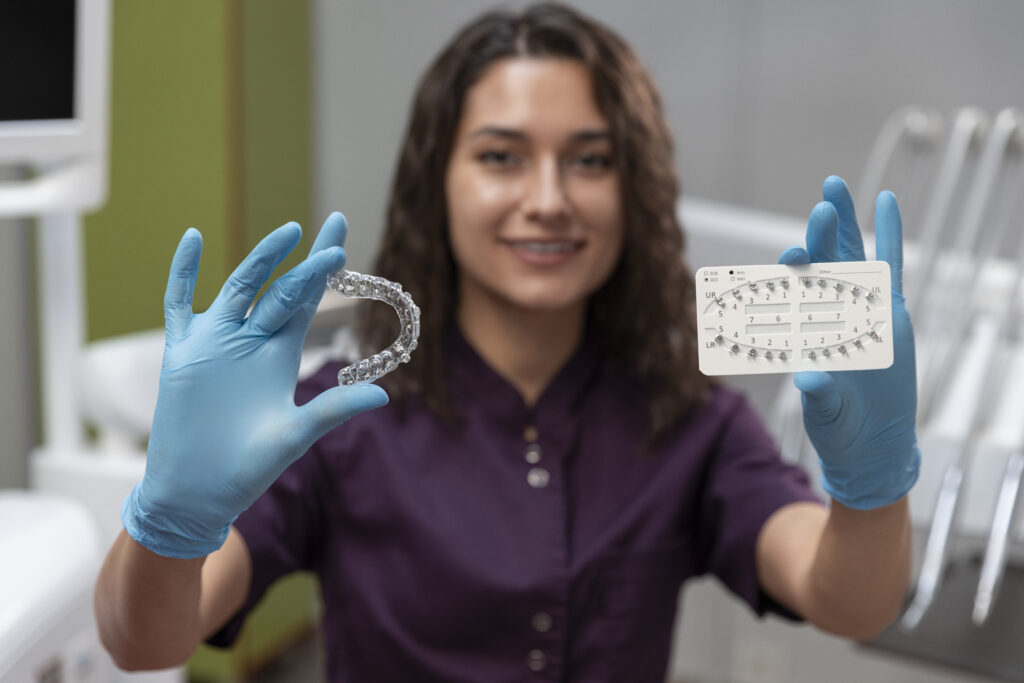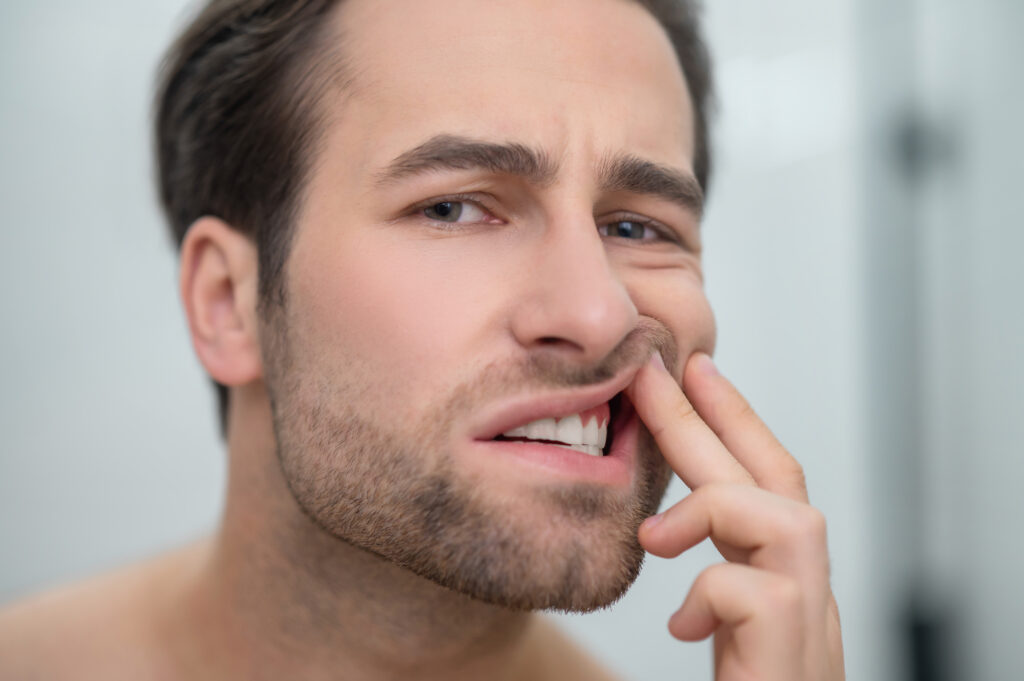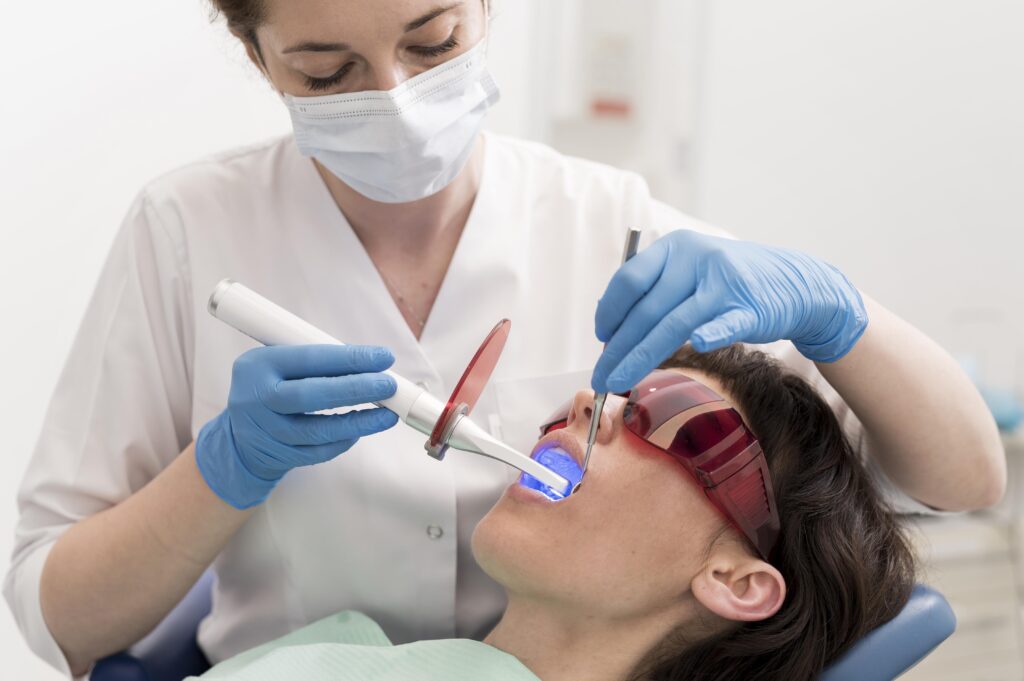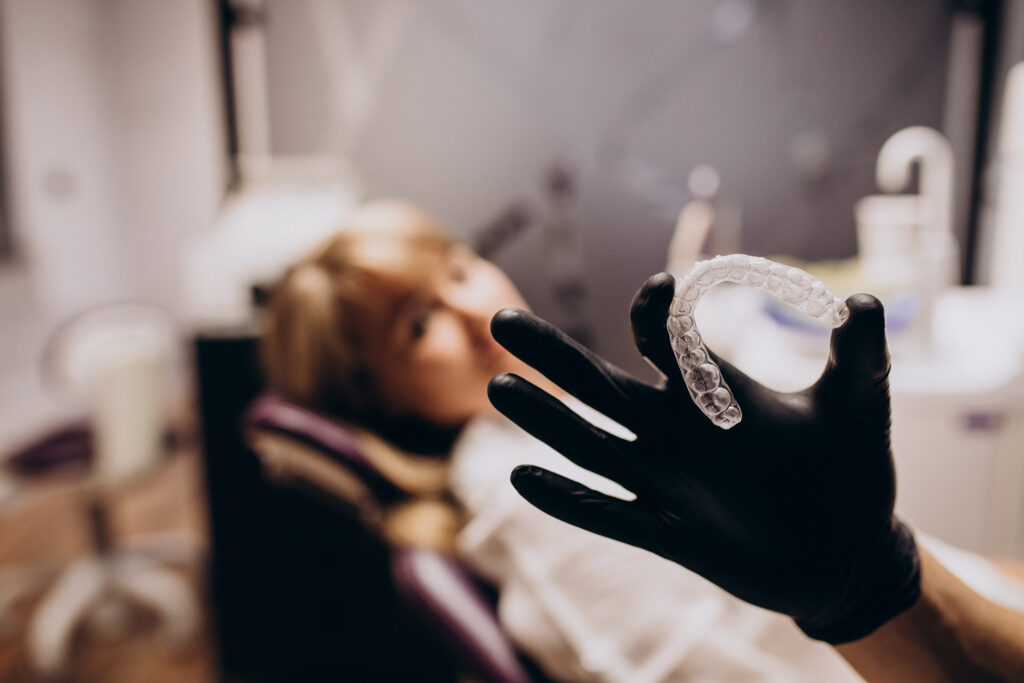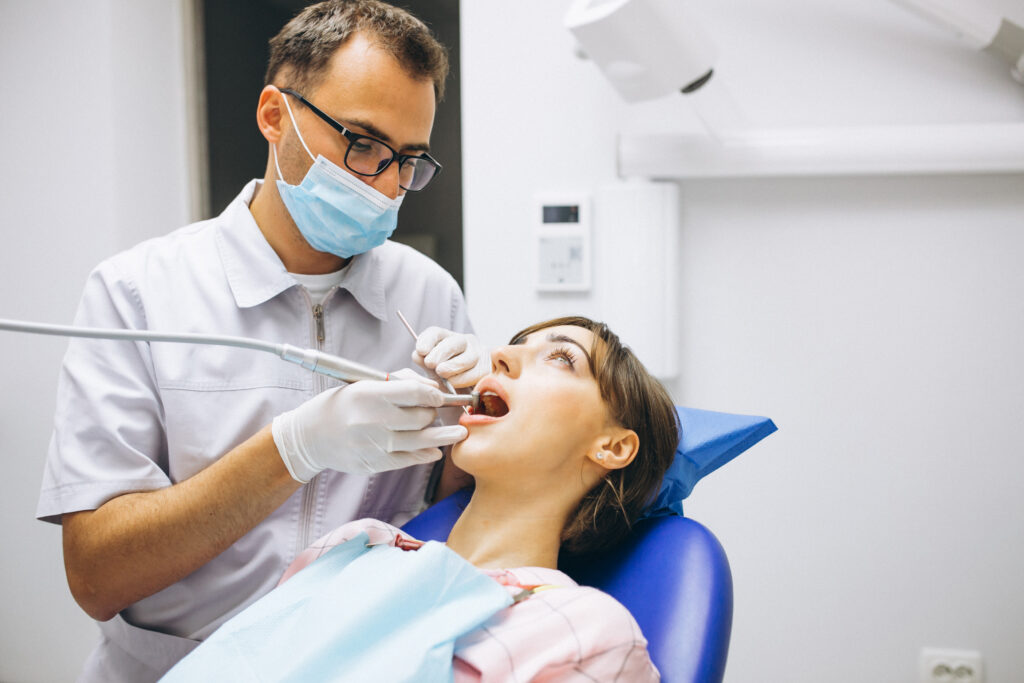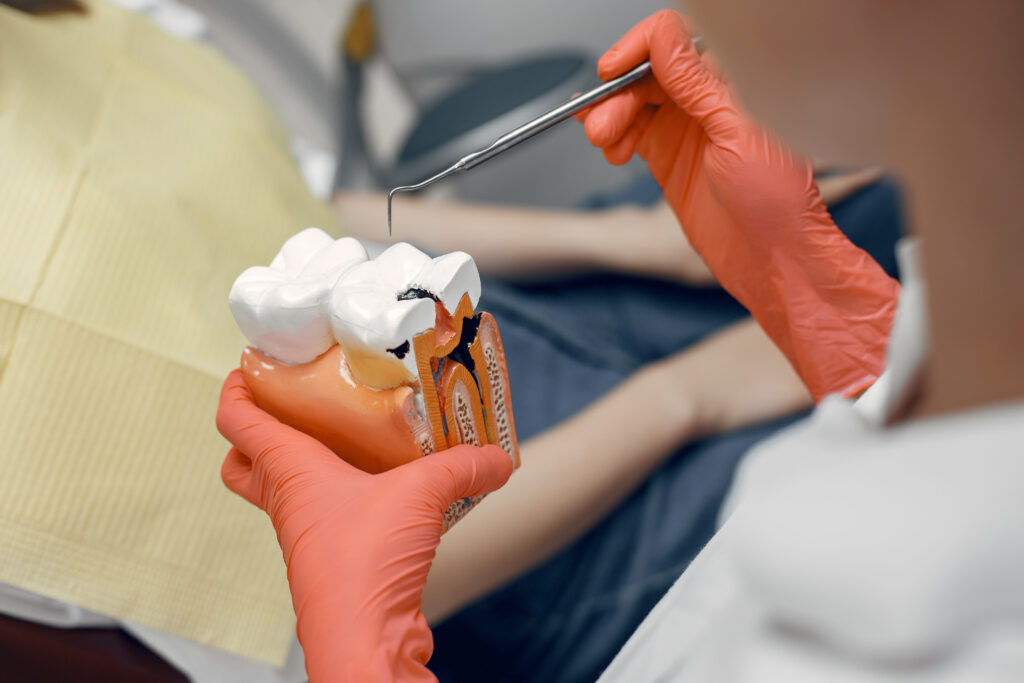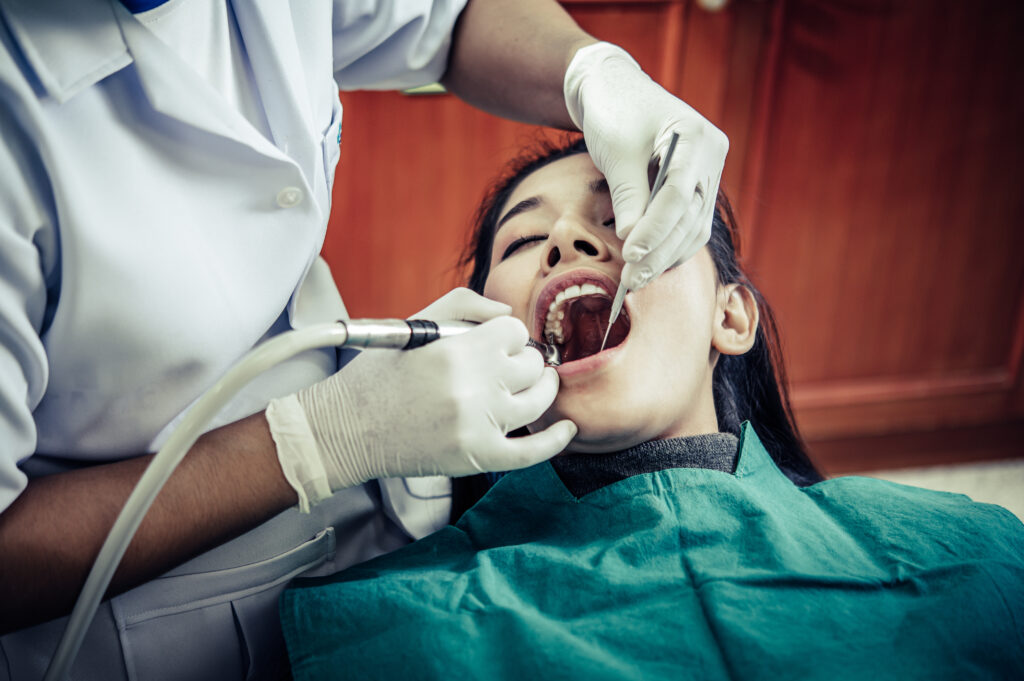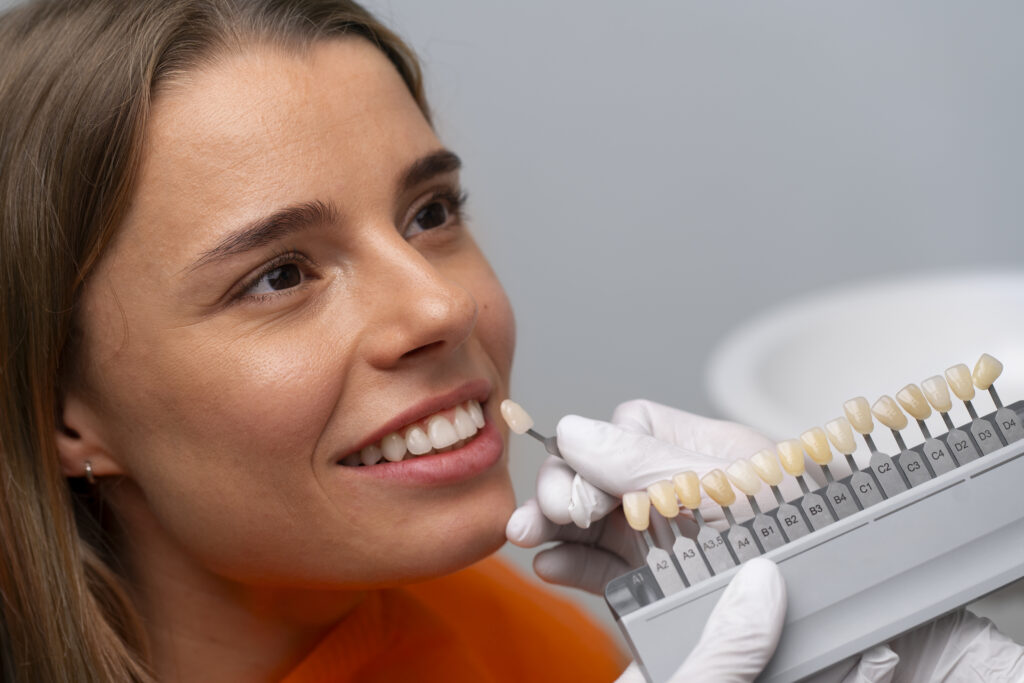Hot & Cold: How Foods, Drinks & Lifestyle Affect Clear Aligners’ Durability in Coastal Cities like Oxnard
Key Takeaways Clear aligners for teeth work wonders, but they’re not indestructible. In Oxnard, where the sun, salty air, and busy schedules mix, how you treat your aligners makes a big difference. Coffee can stain them, hot cars can warp them, and skipping cleanings can make them cloudy fast. The good news? With a little awareness (and a case you’ll actually use), you can keep them clear and effective from start to finish. At Puri Dentistry, we’ve helped patients who learned these lessons the hard way, and we’d rather see you avoid the same headaches. Hot Drinks and Hot Cars Don’t Mix One of the fastest ways to mess up aligners is heat. They’re built from strong plastic, but even strong plastic softens when exposed to high temperatures. A patient once told us she forgot her trays in the glovebox during a summer afternoon. By the time she popped them back in, they felt loose and didn’t fit quite right. That little mistake added weeks to her timeline. Even sipping hot tea or coffee with trays can start to bend them. So here’s the simple rule: if it’s too hot to touch, take your aligners out first. And always store them in their case, never wrapped in a napkin or sitting on the dashboard. Cold Drinks and Sneaky Stains Cold drinks won’t warp aligners, but what’s in them can leave behind color. Think iced coffee from the café downtown or berry smoothies after a beach walk. It doesn’t take long before clear trays look yellowish or tinted. One of our patients was surprised when her aligners turned pink from daily hibiscus iced tea, completely harmless but not so invisible anymore. The safest drink with trays in is water, plain and simple. Everything else is better enjoyed with aligners out and teeth brushed before popping them back in. Oxnard’s Coastal Air and Aligner Care If you’ve lived here long, you know how the salty, humid air leaves a film on car windows. The same idea applies to aligners; they can pick up buildup a little faster if they’re not rinsed often. Add in long workdays, commutes, and quick meals, and it’s easy to see why trays lose their sparkle. A small travel kit really helps. Keep a toothbrush, mini toothpaste, and your aligner case handy. Rinsing with cool water after meals or even after a walk by the harbor can keep trays fresher. Patients who stick to this routine often notice their aligners stay clearer than expected. Eating with Aligners? Not a Good Idea It’s tempting to think, “Just one chip won’t hurt.” But aligners aren’t built for chewing. Even soft snacks can scratch or crack them, and food stuck inside creates odor and bacteria. We’ve seen aligners come back bent, cloudy, or smelling less than fresh just from casual snacking. The golden rule: no eating with aligners in. Not even small bites. Removing them may feel inconvenient at first, but once it becomes a habit, your trays and your teeth both stay in better shape. Cleaning Routines That Actually Work Many people think scrubbing aligners with toothpaste is a good idea, but regular toothpaste can be too abrasive. Others try hot water to “sterilize” them, which only causes warping. The safer way? Use a soft toothbrush with mild soap or a solution made for aligners. Morning and bedtime cleanings are the minimum, but a quick rinse during the day helps too. We like to compare it to cleaning eyeglasses; you wouldn’t want to look through smudges, so why settle for wearing cloudy trays on your teeth? Everyday Mistakes We See Over the years, we’ve noticed a few mistakes that keep popping up: None of these sounds dramatic, but they can mean replacement trays, lost time, and extra cost. A simple case in your bag or pocket solves most of these problems. Real Stories, Real Lessons One Oxnard patient admitted he’d been rinsing his trays only once a day. By week two, they had an odor and a cloudy look. Once he switched to rinsing after meals, the difference was obvious, not just in appearance but in comfort. Another patient learned the hard way when her dog chewed through a set she left on the nightstand. Lesson: the case is your best friend. These small, real-life examples show how daily habits, not just dental checkups, make or break aligner success. Why Guidance Matters Ordering aligners online might sound easy, but what those kits don’t give you is advice on living with them. How do you clean them without damage? What happens if they warp? At Puri Dentistry, we guide patients through all of that, step by step. Having a team to call when something goes wrong is often what keeps treatment on track. Clear aligners for teeth are effective, but only if they’re cared for the right way. Without guidance, it’s easy to lose progress. With support, small bumps in the road are no big deal. Final Takeaway Clear aligners are soft plastic trays for your teeth. They help keep your teeth safe from heat, stains, and accidents. In Oxnard, the weather and food can sometimes make it tricky, but good habits can help. Always take out your trays before you eat or drink, clean them gently, and keep them in their case. At Puri Dentistry, we see that kids who take care of their aligners finish on time and get great smiles. It’s not just about straight teeth; it’s also about making the process easy and stress-free.

